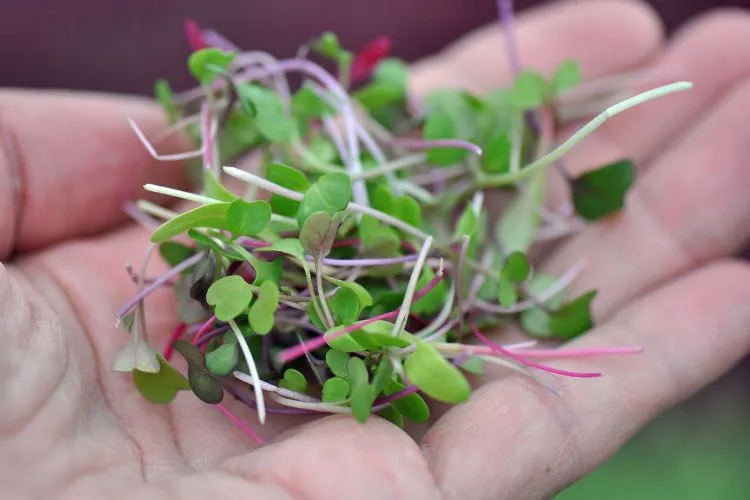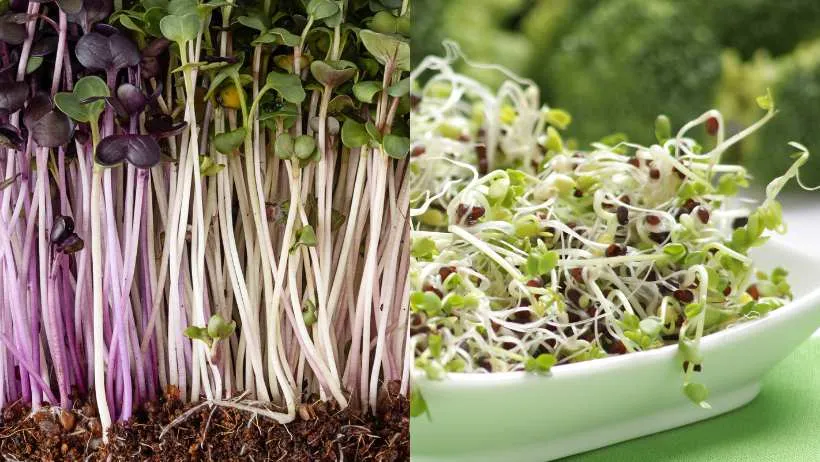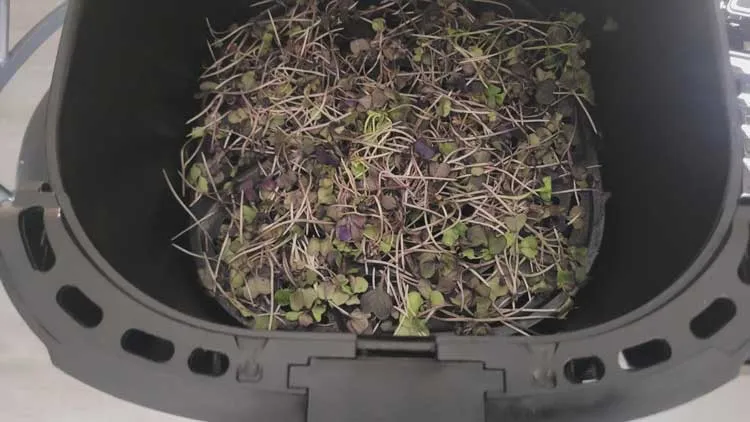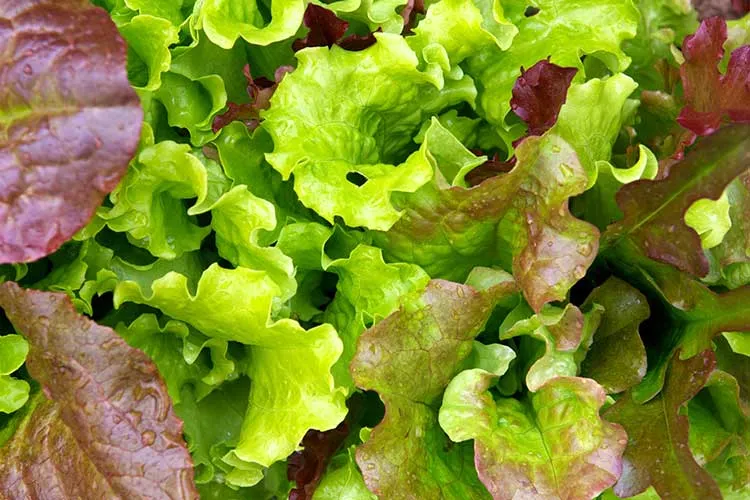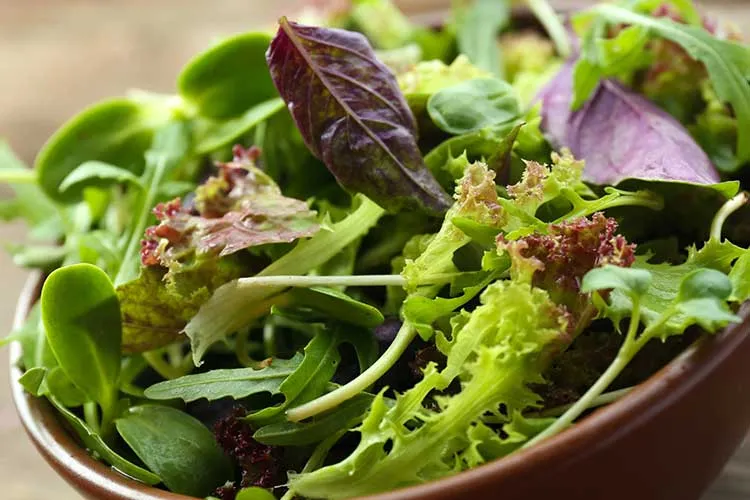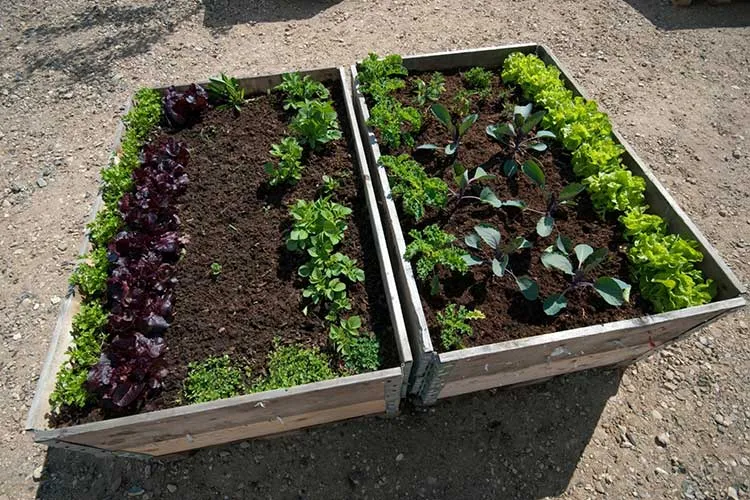Microgreens—those small, colorful greens—are gaining popularity fast. But are they just a trendy food, or could they actually be better than your usual vegetables? This is the question on many people’s minds as they look for healthier options. Microgreens are now the go-to for adding a boost of nutrients to meals. But can they really replace the vegetables we’ve always eaten? Let’s find out how they compare.
What Are Microgreens?
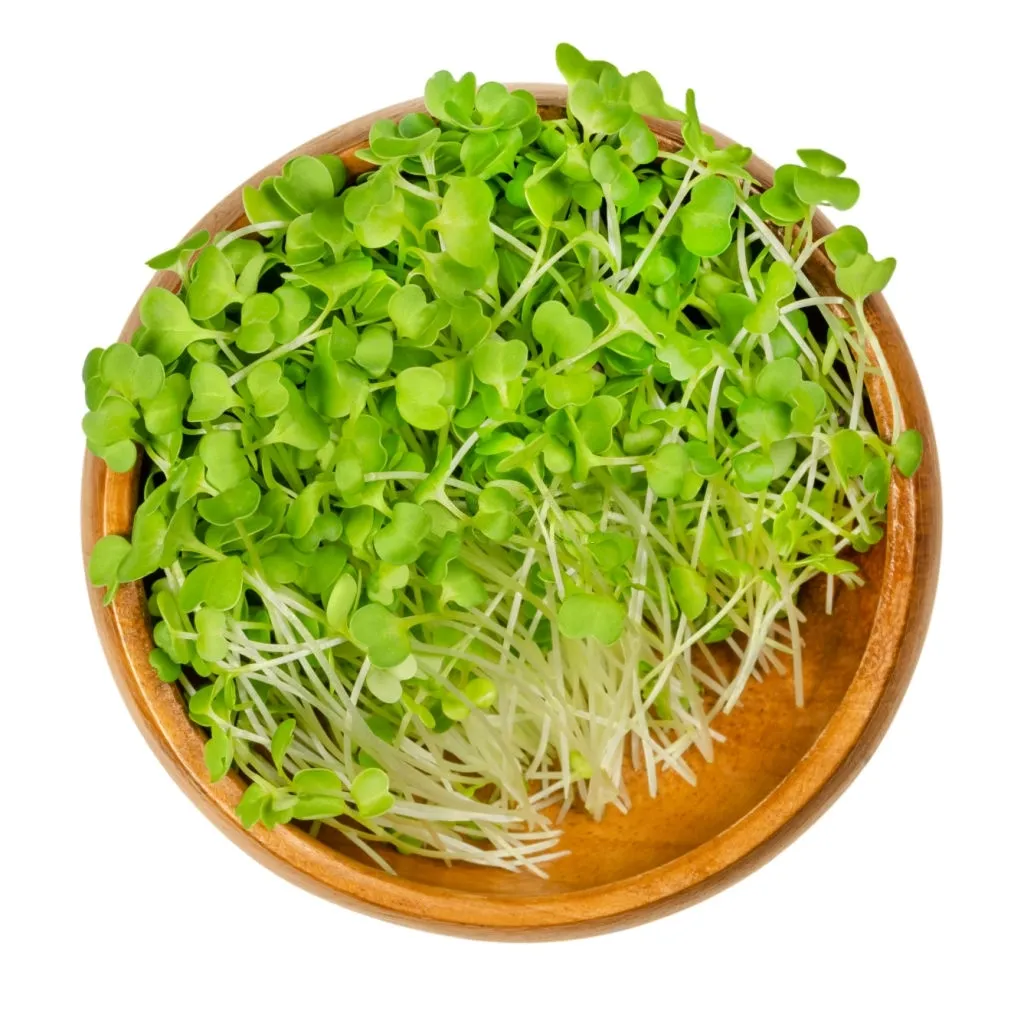
Microgreens are the younger versions of your favorite vegetables and herbs. Harvested just after the first leaves appear, they are packed with nutrients and have intense flavors. You’ve probably seen them on top of dishes or in salads, but they offer more than just decoration. From spicy radish shoots to sweet pea greens, microgreens are used to enhance a variety of meals. They aren’t quite sprouts, and they aren’t fully grown vegetables, but they offer something special.
Nutritional Comparison: Microgreens vs Vegetables
When it comes to nutrition, microgreens are impressive. These tiny greens can be much more nutrient-dense than their full-grown versions. Think of them as concentrated vegetables—full of vitamins, minerals, and antioxidants.
A small amount of microgreens can have four to forty times more nutrients than the same amount of mature greens. And it’s not just about how much; it’s also about how well your body can absorb these nutrients. Microgreens may be small, but they certainly deliver on nutrition.
Health Benefits of Microgreens
Microgreens are more than just a pretty garnish—they’re good for your health. These small greens are full of antioxidants, which help protect your body from damage, possibly lowering the risk of chronic diseases. Microgreens like red cabbage and radish are especially good for your heart, as they can help reduce bad cholesterol levels.
They are also great for weight management, offering a low-calorie, nutrient-rich option that can help you feel full without overeating. And with their concentrated nutrients, microgreens might even help reduce inflammation and strengthen your immune system. In short, microgreens are a powerful addition to a healthy diet.
Can Microgreens Replace Vegetables in Your Diet?
So, can you swap out your regular vegetables for microgreens? Not exactly. While microgreens are packed with nutrients, they don’t offer everything that mature vegetables do. One major difference is fiber—mature vegetables provide more, which is important for digestion.
Microgreens, on the other hand, don’t have as much fiber, so they might not keep you as full or help your digestion as well. However, if you want to boost your nutrient intake, adding more microgreens to your diet is a great idea. The key is to use microgreens to complement, not completely replace, the variety of nutrients you get from a range of vegetables.
How to Incorporate Microgreens into Your Diet

Adding microgreens to your meals is easy and delicious. Start by tossing them into your salads for extra flavor and nutrition. Want to change up your morning routine? Blend them into smoothies for a health boost, or sprinkle them on your avocado toast for something extra.
They’re also great on soups, sandwiches, and even pizza, bringing a fresh taste to your food. If you’re up for it, try growing microgreens at home; they’re easy to grow and give you a constant supply of fresh greens. Whether raw or lightly cooked, microgreens can make your meals healthier and tastier.
Conclusion
So, are microgreens a better choice than vegetables? The answer isn’t simple. Microgreens are a great addition to any diet, offering a lot of nutrients that can complement what you get from traditional vegetables. They’re not a total replacement, though—they lack the fiber and variety that full-grown veggies provide.
The best approach? Use microgreens to add extra nutrition and flavor to your meals while still enjoying a range of vegetables. This way, you’ll be on the path to healthier eating.
Frequently Asked Questions
Are microgreens healthier than spinach?
Microgreens can be healthier than spinach in certain aspects. They often contain higher concentrations of vitamins like C, E, and K, as well as antioxidants and minerals. While spinach is rich in iron and fiber, microgreens can provide more nutrients per bite, making them a great addition to your diet. However, spinach offers more bulk and fiber, so it’s best to include both for a balanced intake.
Are microgreens better for you than lettuce?
Microgreens generally offer more concentrated nutrients than lettuce, making them a potent option for boosting your diet. They can provide higher levels of vitamins, minerals, and antioxidants compared to lettuce. However, lettuce is still valuable for its high water content and fiber, which help with hydration and digestion. Combining microgreens with lettuce in your meals can give you the best of both worlds nutritionally.
What microgreens are anti-inflammatory?
Several microgreens have strong anti-inflammatory properties. Broccoli microgreens, for example, are rich in sulforaphane, a compound known for its anti-inflammatory effects. Radish, arugula, and red cabbage microgreens also contain antioxidants and compounds that help reduce inflammation in the body. Including these microgreens in your diet can support overall health and help manage inflammation-related conditions.
What microgreens are anti-inflammatory?
Several microgreens have strong anti-inflammatory properties. Broccoli microgreens, for example, are rich in sulforaphane, a compound known for its anti-inflammatory effects. Radish, arugula, and red cabbage microgreens also contain antioxidants and compounds that help reduce inflammation in the body. Including these microgreens in your diet can support overall health and help manage inflammation-related conditions.

